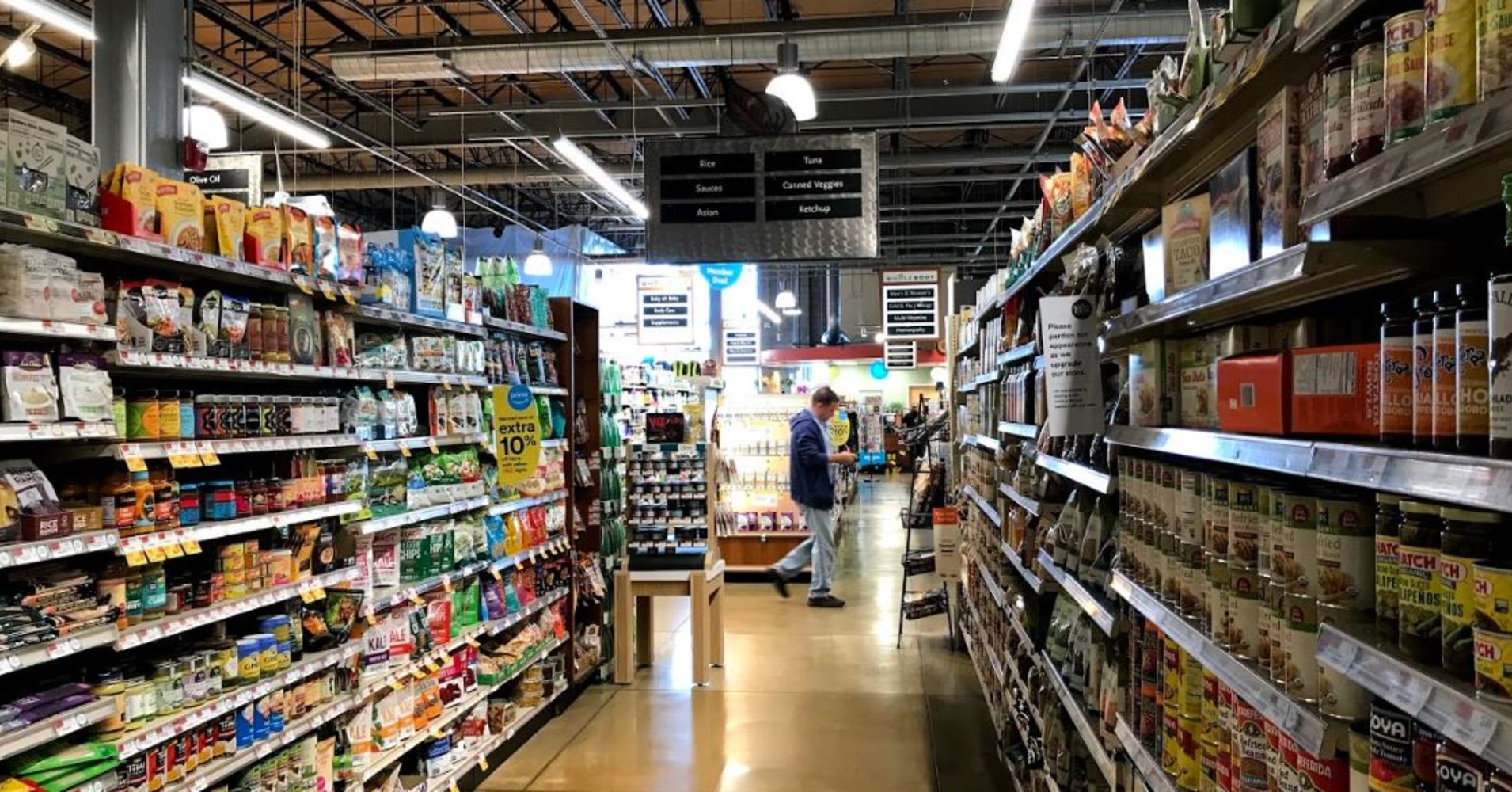
Though Amazon purchased Whole Foods over a year ago, prices at the high-end grocery chain haven’t come down (though Prime members can get 10 percent off). A cart of groceries at Whole Foods containing about 60 items cost $197, according a recent research report from Morgan Stanley, about 15 percent higher than a conventional grocery store: The same grocery items at Kroger cost $153.
“Generally speaking, the perimeter of Whole Foods Markets are usually much more expensive, but quality is also deemed better, too,” says Chuck Grom, Managing Director of Gordon Haskett Research Advisors, who analyzes pricing trends at Whole Foods and other retailers.
Even so, you should really only shop at Whole Foods for specialty items you can’t find elsewhere, or if a certain product is on sale, Cindy Livesey, author of “Living Rich with Coupons,” tells CNBC Make It. “It’s a very expensive store and their prices on the majority of their items are way higher than you can get anywhere else.”
Here are the top six foods experts say you shouldn’t bother buying at Whole Foods.
Don’t go to the salad bars: They can be pricey at any store, but the ones at Whole Foods are about $9 per pound. “It’s just a salad bar, it’s nothing crazy. You can certainly get that at any other grocery in your area for a lot less,” Livesey says.
If you’re craving a salad, you’ll get a much better bargain if you assemble it yourself. You may even be able to buy a week’s worth of ingredients for what you’d spend on lunch. Shopping site Cheapism.com found earlier this year that Whole Foods’ organic baby spinach and spring salad mix were actually a good deal, beating out the organic mixes offered by conventional grocery store Kroger by a dollar.
If you’re on a budget and you want quality products from Whole Foods, stick with the chain’s 365 Everyday Value brand. The name brand products that line the shelves at Whole Foods are really expensive, and Livesey says you can get those for less at other stores.
If you have a favorite cereal or snack food, try ordering online elsewhere. An 11 oz. package of Nature’s Path organic, gluten-free honey almond granola with chia is $5.99 a package at Whole Foods, according to local prices analyzed by CNBC using Basket, a grocery price comparison app. The app reports that Amazon has the item online for $3.56.
Whole Foods is known for its organic, humanely raised meats. But you can find cage-free, free range or organic offerings at other stores now too, and at better prices. For example, Livesey reports, she regularly sees organic boneless, skinless chicken breast for $8.99 per pound at Whole Foods. At Costco, you can get it for $4.99 per pound.
Looking more broadly, Morgan Stanley’s analysis found meat prices at Whole Foods were 34 percent higher than at a traditional grocery store. For any shopper, it’s important to know what items generally sell for. That way, if a store is having a sale, you know whether you’re getting a good deal.
Whole Foods offers a wide array of prepared foods to tempt shoppers, but Livesey says you should “be careful on that stuff,” as prices on items like chicken salad tend to be as high as $13 to $14 per pound.
“You’re better off going to a restaurant, in my opinion,” Livesey says. Or, if there’s a particular Whole Foods dish you really like, make it yourself. There are dozens of fan favorite, copycat recipes available online so you can recreate Whole Foods’ California quinoa salad and its detox salad.
As with organic products, the number of grocery stores selling gluten-free items has expanded dramatically, and retailers like Aldi and even Walmart often offer better prices.
For example, a King Arthur gluten-free chocolate cake mix is on sale at Whole Foods for $5.99 (normally $6.99), according to the Basket app; Walmart is selling the same mix for $4.64.
If you’re looking to pick up necessities like bread, milk and eggs, Whole Foods is way more expensive. Livesey says Trader Joe’s and Costco have better prices on high-quality basics, while Aldi sells some of the cheapest organic options around.
These days, Whole Foods has “got steep competition and their pricing is just not comparable,” Livesey says.
In a recent shopping experiment, CNBC Make It found that the price of basics like bread and eggs were 57 percent and 33 percent higher at Whole Foods than at a conventional grocery store like Acme.
Overall, shopping at Whole Foods can be a challenge for those on a tight budget. But even those who can afford to splurge should be cautious. “There’s so much there that you shouldn’t buy,” Livesey says.
Don’t miss: Here’s what you get when you spend $32 on groceries at Acme, Aldi, Trader Joe’s and Whole Foods
Like this story? Subscribe to CNBC Make It on YouTube!

